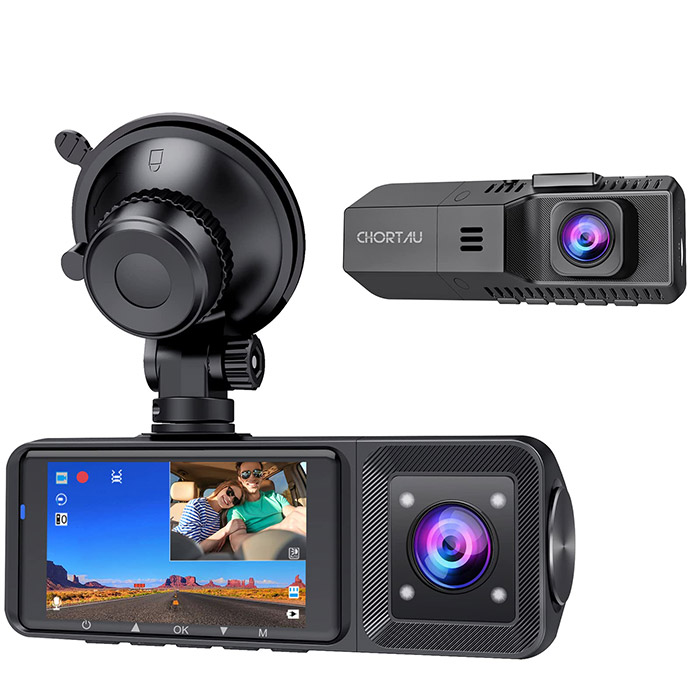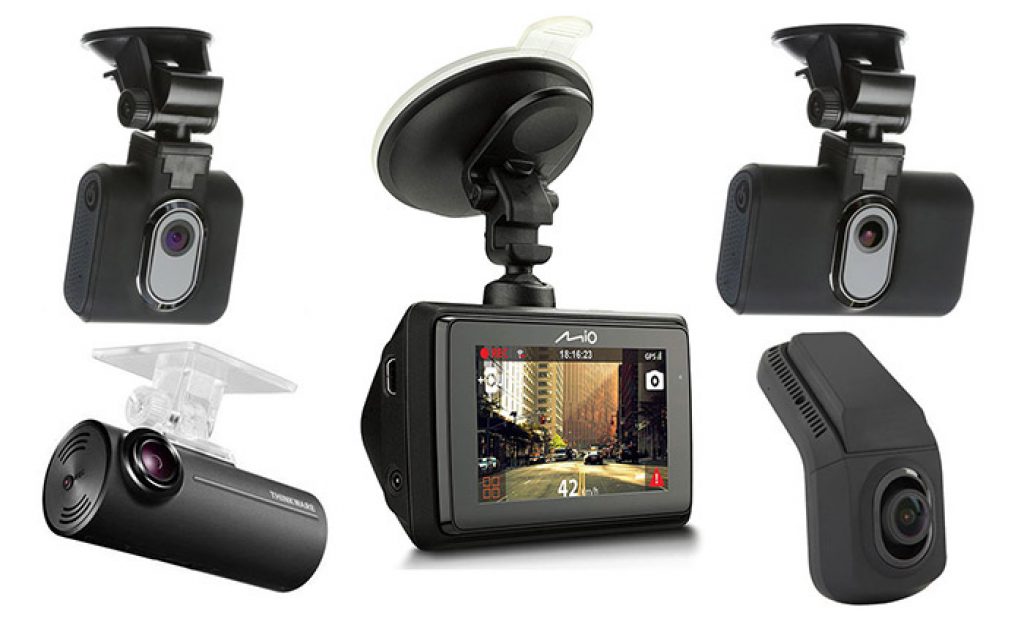Car dash cams have become a popular gadget among car owners in recent years, as they provide evidence in case of accidents and help prevent fraudulent claims. With the advancement in technology, dash cams have come a long way, and one of the most significant features is Wi-Fi connectivity. But is Wi-Fi really necessary for a dash cam? In this article, we will explore the pros and cons of Wi-Fi and non-Wi-Fi dash cams to help you make an informed decision on which one to get.
Introduction
A car dash cam is a device that records video footage while driving. It is mounted on the windshield or dashboard and can be used to capture footage in case of accidents, theft, or vandalism. Dash cams can also be used to monitor the behavior of drivers, especially those who drive recklessly or engage in road rage. There are two types of dash cams – Wi-Fi and non-Wi-Fi.

Wi-Fi Dash Cams
Wi-Fi dash cams have become increasingly popular in recent years. They allow you to connect your dash cam to your smartphone or tablet via a wireless network, enabling you to view the footage in real-time and transfer it to your device. Here are some of the advantages and disadvantages of Wi-Fi dash cams.

Advantages
- Convenience: Wi-Fi dash cams allow you to view footage on your smartphone or tablet, eliminating the need to remove the SD card and transfer the footage to your computer.
- Real-time Viewing: With a Wi-Fi dash cam, you can view the footage in real-time, making it easier to identify any issues while driving.
- Easy Sharing: Wi-Fi dash cams make it easy to share footage with friends, family, or the police.
Disadvantages
- Cost: Wi-Fi dash cams are generally more expensive than non-Wi-Fi dash cams, due to the additional hardware required.
- Drain on Battery: Wi-Fi dash cams can drain the battery faster than non-Wi-Fi dash cams, which can be an issue if you have an older car.
- Connection Issues: Wi-Fi dash cams can experience connectivity issues, especially if you are in an area with poor Wi-Fi signal.
Non-Wi-Fi Dash Cams
Non-Wi-Fi dash cams are the traditional dash cams that have been around for many years. They record footage onto an SD card, which can be removed and viewed on a computer. Here are some of the advantages and disadvantages of non-Wi-Fi dash cams.

Advantages
- Cost: Non-Wi-Fi dash cams are generally less expensive than Wi-Fi dash cams.
- Simple to Use: Non-Wi-Fi dash cams are generally easy to use, with no need for a smartphone or tablet.
- Reliable: Non-Wi-Fi dash cams are generally more reliable than Wi-Fi dash cams, as they do not experience connectivity issues.
Disadvantages
- Inconvenience: Non-Wi-Fi dash cams require you to remove the SD card and transfer the footage to a computer, which can be inconvenient.
- No Real-time Viewing: With a non-Wi-Fi dash cam, you cannot view the footage in real-time, which can make it difficult to identify any issues while driving.
- Sharing Footage: Non-Wi-Fi dash cams can be difficult to share footage with others, as it requires transferring the footage to a computer.
Comparison
When it comes to choosing between a Wi-Fi and a non-Wi-Fi dash cam, it ultimately comes down to your personal preferences and needs. If you value convenience and want to be able to view footage in real-time, a Wi-Fi dash cam might be the better option for you. However, if you don’t want to spend a lot of money and don’t mind transferring footage to a computer, a non-Wi-Fi dash cam might be a good choice.
It’s also important to consider the connectivity issues that come with Wi-Fi dash cams. If you frequently drive in areas with poor Wi-Fi signal, you may experience connectivity issues and not be able to view the footage in real-time. Additionally, if you have an older car with a weaker battery, a Wi-Fi dash cam may drain the battery faster than a non-Wi-Fi dash cam.
Ultimately, it’s important to do your research and choose a dash cam that meets your specific needs and budget. Both Wi-Fi and non-Wi-Fi dash cams have their pros and cons, so it’s important to weigh these factors carefully before making a decision.
FAQs
[wpsm_accordion][wpsm_accordion_section title=”Is a Wi-Fi dash cam better than a non-Wi-Fi dash cam?”]It depends on your personal preferences and needs. Wi-Fi dash cams offer convenience and real-time viewing, but they can be more expensive and may experience connectivity issues. Non-Wi-Fi dash cams are generally less expensive and more reliable, but require you to transfer footage to a computer for viewing.[/wpsm_accordion_section][wpsm_accordion_section title=”Do all dash cams have Wi-Fi?”]No, not all dash cams have Wi-Fi. Some dash cams are traditional non-Wi-Fi models that record footage onto an SD card, while others have Wi-Fi connectivity.[/wpsm_accordion_section][wpsm_accordion_section title=”How much does a Wi-Fi dash cam cost?”]The cost of a Wi-Fi dash cam varies depending on the brand, features, and quality. You can find Wi-Fi dash cams for as little as $50, while high-end models can cost upwards of $300.[/wpsm_accordion_section][wpsm_accordion_section title=”Can I view footage from my dash cam on my smartphone?”]If you have a Wi-Fi dash cam, you can usually connect it to your smartphone via an app and view footage in real-time. Non-Wi-Fi dash cams require you to transfer footage to a computer for viewing.[/wpsm_accordion_section][wpsm_accordion_section title=”Are dash cams legal?”]Yes, dash cams are legal in most countries, including the United States. However, some states have laws regulating where the dash cam can be mounted and how it can be used.[/wpsm_accordion_section][/wpsm_accordion]



